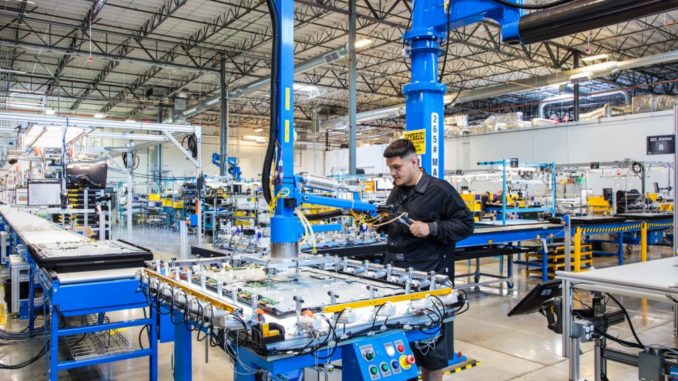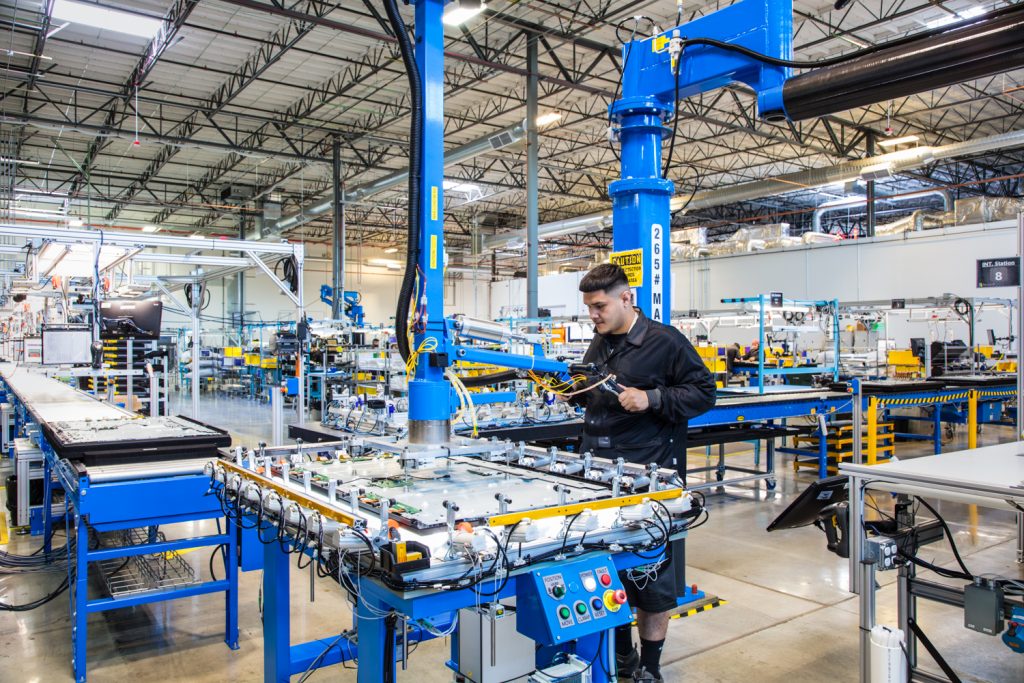
Windows 10 IoT – Tomorrow’s IoT today

Similar to the embedded devices that came before them, modern IoT devices are often used in places where physical servicing is difficult and expensive. For example, it’s expensive for an oil company to put a technician on a helicopter to service equipment on a platform at sea. As a result, commercial IoT devices need to be supported and in service for far longer than their consumer counterparts.
Today at Computex 2018, we are excited to announce Windows 10 IoT Core Services. This offering will provide 10 years of support along with services to manage device updates and assess device health, enabling our IoT partners to create solutions to address their customers’ needs.
Windows 10 IoT Core is an edition of Windows 10 designed for building smart things and optimized to power intelligent edge devices. First released in 2015, it has been adopted by industry innovators such as Johnson Controls, Askey, and Misty Robotics.
Building on the Windows 10 IoT Core operating system, Windows 10 IoT Core Services will be a paid offering for IoT devices. The free edition of Windows 10 IoT Core will still be available via the Semi-Annual Channel (SAC).
Windows 10 IoT Core Services will have three main benefits:
- 10 years of Windows OS support via the Windows Long-Term Servicing Channel (LTSC) which provides quality updates to keep device security up to date. Devices using the LTSC release won’t receive feature updates, enabling them to focus on stability by minimizing changes to the base operating system. Microsoft typically offers new LTSC releases every two to three years, with each release supported over a 10-year lifecycle.
- Update control with the newly announced Device Update Center (DUC) which provides the ability to create, customize, and control device updates. These updates are distributed by the same Content Distribution Network (CDN) as Windows Update which is used daily by millions of Windows customers around the world. Updates can be applied to the operating system, device drivers, as well as OEM-specific applications and files. Updates can be flighted to test devices prior to broader distribution.
- Device Health Attestation (DHA) enables enterprises and OEMs to raise the security bar of their organization with hardware-attested security. Evaluating the trustworthiness of a device at boot is essential for a trusted IoT system and a device cannot attest to its own trustworthiness. Instead, this must be done by an external entity such as DHA Azure cloud service. This service evaluates device health and can be combined with a device management system, such as Azure IoT Device Management. With this, you can take actions, for example, re-imaging the device, denying network access or creating a service ticket.
With these features, you can commercialize a device built on Windows 10 IoT Core and know that you have the enterprise-grade support and security that is synonymous with Windows. We are currently in limited preview with this service; to join, please email [email protected]. A broader preview will be ready in July 2018, with general availability later this year.
Earlier in the year, we announced that with the next release of Windows 10 IoT, we will provide 10 years of support for both Windows 10 IoT Core and Windows 10 IoT Enterprise. We also announced a partnership with NXP to support Windows 10 IoT Core on their i.MX 6 and i.MX 7 processors. The Windows 10 IoT Core Services offering builds on these announcements, as we continue to evolve the platform and make investments to support the IoT devices of today and tomorrow. We are excited about the possibilities and hope you will join us to create the future of IoT.
Windows 10 IoT – Tomorrow’s IoT today







Leave a Reply